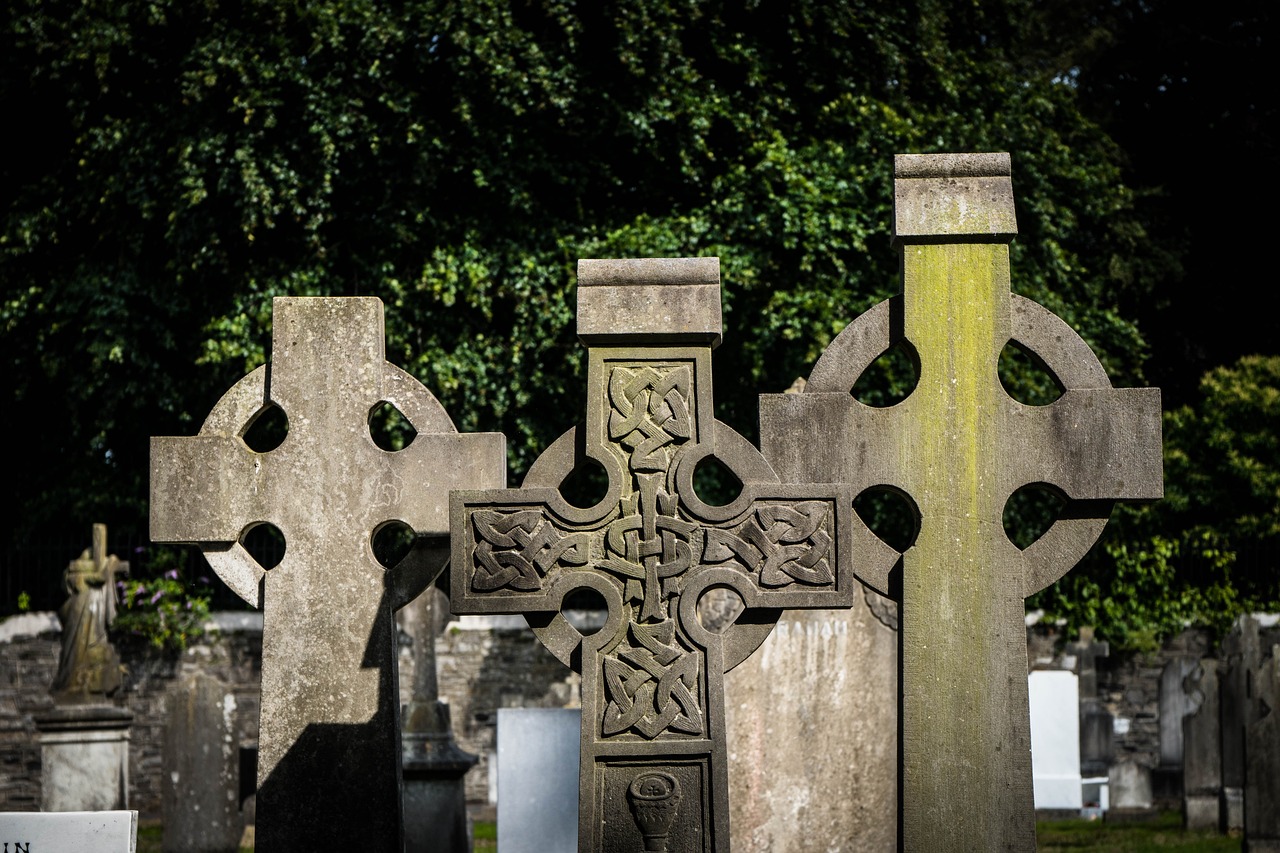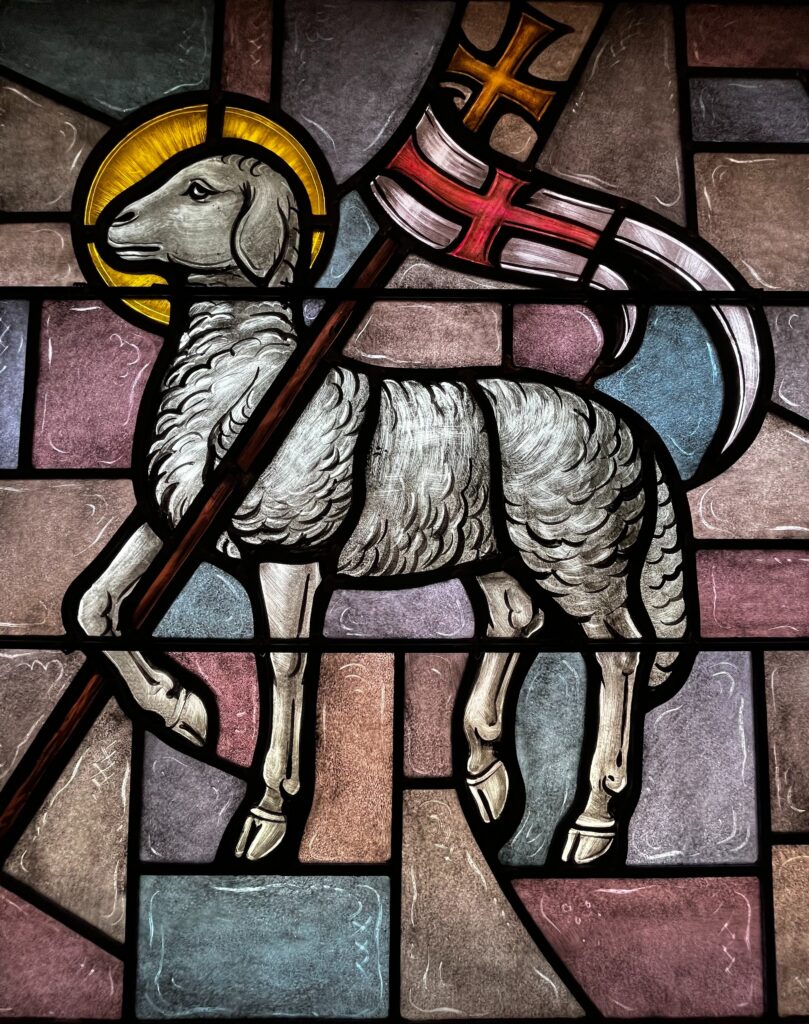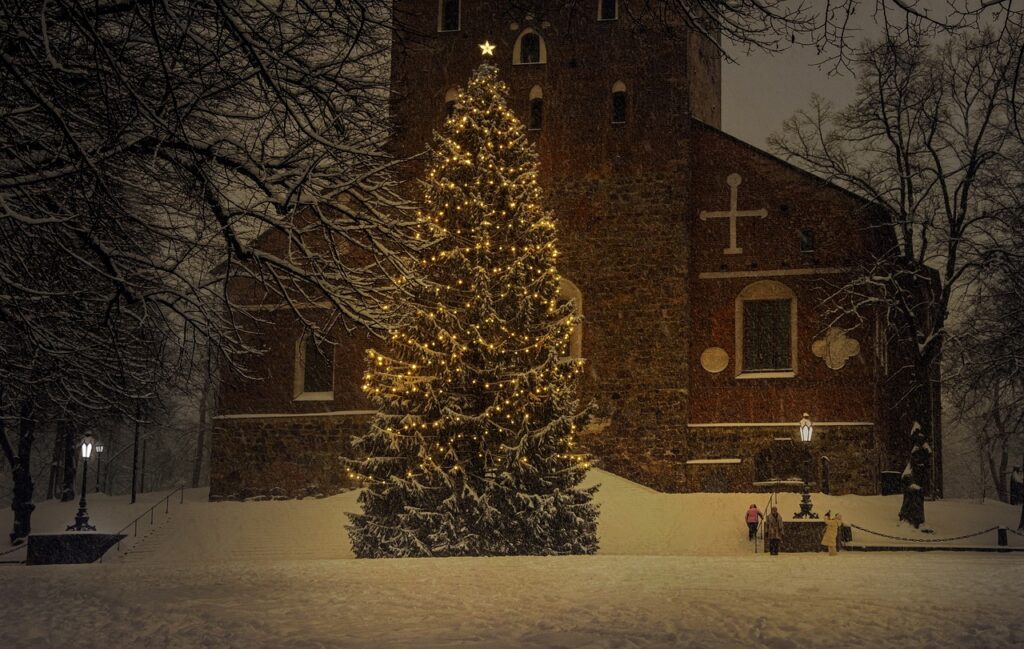The Importance of Redeeming Pegan Symbols

St. Patrick’s Day is Just 10 Days Away !
Before humans wrote—they drew—the quest to express and record thoughts in visual form launched early. The first written languages consisted of symbols, not letters. Early Egyptian hieroglyphics and Chinese manuscripts bear witness; the written Chinese language utilizes characters representing words. With over 50,000 characters (an educated Chinese person knows about 8,000), it’s a complicated language entirely based on symbols. Even in an age of prolific literacy, art remains full of symbolism. Symbolism helps us see and learn beyond letters.
Christians have a long history of redeeming symbolism. We tell stories and teach Biblical truth through symbols. The Lord instituted Passover, and the shedding of a spotless lamb’s blood pictured the Messiah’s redemptive work on the cross.

The Apostal Paul in Athens pointed to the monument erected to the unknown God and made the One True God known. Imagine the challenge of teaching illiterate people in ways they can see. Symbolism does that. We use symbols, like the colors in the wordless book, to teach preschoolers.

We use evergreen Christmas trees to teach them about everlasting life.
St. Patric used shamrocks to teach the triune nature of God. He also pointed to an ancient Irish symbol for eternity, the circle (also representative of the sun), and taught the eternal nature of the true Son of God—Jesus—the Light of the World. The early Christians in Ireland redeemed Celtic knots to decorate crosses. They created trinity knots to expand the teaching of good theology.

As St. Patrick’s Day decorations fill our communities this year, let’s be mindful and ready to talk to others about the rich Christian heritage symbolized in so many of them. St. Patrick spent his life in Ireland making disciples; using the decorations around us to do the same seems like a great way to honor him and celebrate the holiday. Let’s redeem a day that has devolved into drunken parties and share the message of salvation with those around us
. “In the knowledge of this faith in the Trinity, and without letting the dangers prevent it, it is right to make known the gift of God and his eternal consolation.” St. Patrick
The Importance of Redeeming Pegan Symbols Read More »